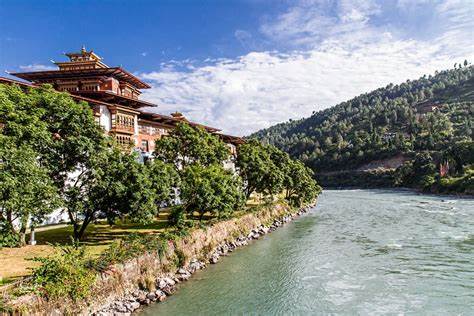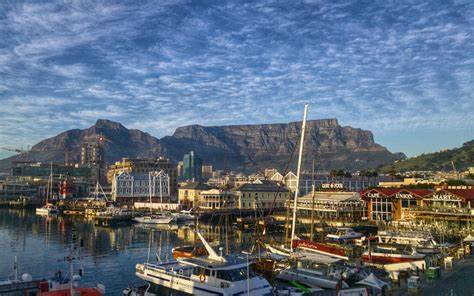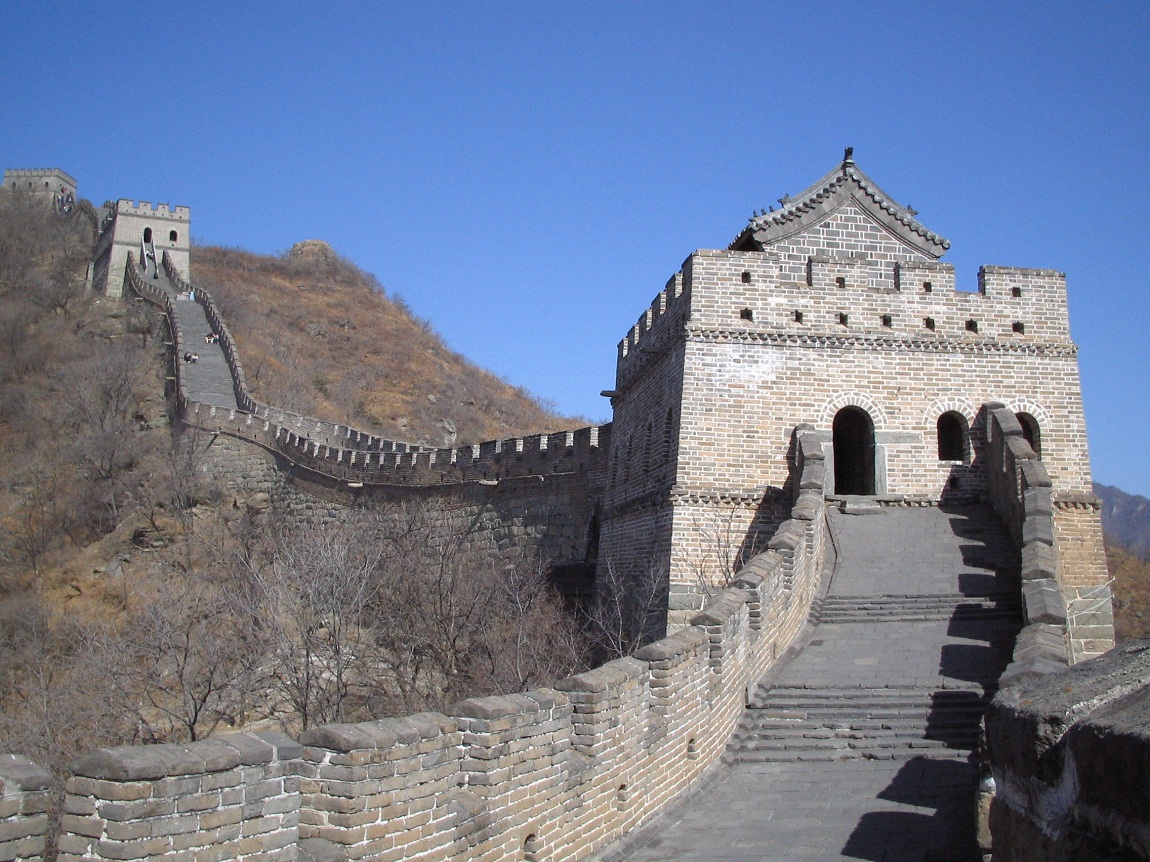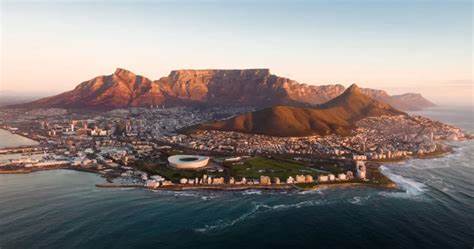Bhutan, nestled in the heart of the Himalayas, is a country unlike any other. Known for its breathtaking landscapes, rich culture, and emphasis on happiness, Bhutan offers a unique experience for travelers. Whether you’re looking to trek through lush valleys, explore ancient monasteries, or simply immerse yourself in the peaceful atmosphere, Bhutan promises a journey filled with beauty and discovery.
Best Time to Visit Bhutan
The ideal time to visit Bhutan is during the spring (March to May) and autumn (September to November) months. The weather is mild, and the skies are clear, making it perfect for outdoor activities like trekking and sightseeing. Winter (December to February) is cold, especially in higher altitudes, while summer (June to August) sees heavy rainfall, which may hinder trekking.
How to Get There
To visit Bhutan, you need to fly into Paro International Airport, the only international airport in the country. Bhutan’s national airline, Druk Air, operates flights from various cities in India, Nepal, Thailand, and Singapore. Alternatively, you can enter Bhutan via land from India, but you’ll need to secure the proper permits.
Entry Requirements
All visitors to Bhutan, except for Indian, Bangladeshi, and Maldivian nationals, must obtain a visa before entering. A visa can be arranged through a licensed Bhutanese tour operator, who will also arrange a daily tariff that covers accommodation, meals, transport, and a licensed guide. This policy ensures that tourism remains sustainable and that visitors contribute positively to the local economy.
Top Destinations in Bhutan
- Paro
- Tiger’s Nest Monastery (Taktshang): One of Bhutan’s most iconic landmarks, this cliffside monastery offers stunning views and a spiritual atmosphere. The hike to reach it is challenging but rewarding.
- Paro Dzong: A beautiful fortress and monastery located on the banks of the Paro River, perfect for those interested in Bhutanese history and architecture.
- Thimphu
- Tashichho Dzong: The seat of Bhutan’s government and the king’s office, this impressive fortress is a must-see.
- Buddha Dordenma: Standing 169 feet tall, this giant Buddha statue overlooks the Thimphu Valley and offers panoramic views.
- National Memorial Chorten: A beautiful stupa dedicated to the third king of Bhutan, it’s a great place for quiet reflection and to observe local religious practices.
- Punakha
- Punakha Dzong: Often considered the most beautiful dzong in Bhutan, this fortress is located at the confluence of two rivers and is an architectural marvel.
- Chimi Lhakhang: A fertility temple that is said to bring blessings to couples wishing to conceive.
- Phobjikha Valley
- A glacial valley known for its scenic beauty and as the winter home of the endangered black-necked cranes. Ideal for nature lovers and those who enjoy peaceful surroundings.
- Bumthang
- Known as the spiritual heartland of Bhutan, Bumthang is home to many of the country’s oldest temples and monasteries. The Jakar Dzong and the Kurjey Lhakhang are significant historical and religious sites.
- Haa Valley
- Less visited than other parts of Bhutan, Haa Valley is perfect for those looking to experience rural Bhutanese life, beautiful landscapes, and traditional Bhutanese culture.
Things to Do in Bhutan
- Trekking Bhutan is a trekker’s paradise, with many well-maintained trails that take you through stunning landscapes. The most famous trek is the Jomolhari Trek, which offers incredible views of the Himalayan peaks. Other notable treks include the Druk Path Trek and the Snowman Trek, one of the most challenging high-altitude hikes in the world.
- Cultural Experiences Bhutan’s unique culture is deeply rooted in Buddhism. Visitors can witness traditional dance and music during festivals like the Paro Tsechu and Thimphu Tsechu, which take place in the spring and autumn. These festivals feature colorful mask dances, folk music, and sacred rituals.
- Spiritual Exploration Bhutan is the last country in the world to officially embrace Mahayana Buddhism, and spiritual exploration is central to the experience. Visit monasteries, participate in prayer ceremonies, or simply enjoy the peaceful ambiance of the temples.
- Traditional Arts and Crafts Bhutan is known for its vibrant arts and crafts, including intricate wood carvings, textiles, and thanka paintings. You can visit local markets to purchase traditional handwoven fabrics or visit the National Institute for Zorig Chusum to see students mastering Bhutanese arts.
What to Eat
Bhutanese cuisine is spicy, hearty, and simple. Here are a few must-try dishes:
- Ema Datshi: A fiery dish made with chilies and cheese, often served with rice.
- Phaksha Paa: Pork cooked with radish and chilies.
- Red Rice: A staple in Bhutanese cuisine, often served with most meals.
- Suja: Butter tea made from tea leaves, butter, and salt, commonly consumed in colder climates.
Travel Tips
- Respect Local Customs: Bhutan places great importance on cultural preservation. Always dress modestly, especially when visiting religious sites, and ask for permission before taking photos.
- Cash and Currency: The Bhutanese currency is the Ngultrum (BTN). Credit cards are accepted in larger cities, but it’s advisable to carry cash for smaller towns.
- Stay Connected: While Bhutan offers great natural beauty and tranquility, internet access can be spotty in remote areas. Consider disconnecting and embracing the peaceful surroundings.
Why Visit Bhutan?
Bhutan’s emphasis on happiness, stunning natural beauty, and rich culture makes it a one-of-a-kind destination. Whether you’re looking for adventure, spiritual exploration, or just a serene retreat, Bhutan offers a little something for everyone. Visiting Bhutan is a chance to disconnect from the modern world and reconnect with nature, history, and yourself.






